在 ASP.NET MVC4 中创建角色并将用户归入角色
新增一個 ASP.NET MVC4 網際網路應用程式,打開 AccountController 並看看註冊的 action
[HttpPost]
[AllowAnonymous]
[ValidateAntiForgeryToken]
public ActionResult Register(RegisterModel model)
{
if (ModelState.IsValid)
{
// 嘗試註冊使用者
try
{
WebSecurity.CreateUserAndAccount(model.UserName, model.Password);
WebSecurity.Login(model.UserName, model.Password);
return RedirectToAction("Index", "Home");
}
catch (MembershipCreateUserException e)
{
ModelState.AddModelError("", ErrorCodeToString(e.StatusCode));
}
}
// 如果執行到這裡,發生某項失敗,則重新顯示表單
return View(model);
}
這裡少了對新的使用者指派腳色設定,在 WebSecurity.CreateUserAndAccount() 後面加入
if (!Roles.RoleExists("user"))
{
Roles.CreateRole("user");
}
Roles.AddUserToRole(model.UserName, "user");
之後可以再 Action 上面加入:
�
[Authorize(Roles = "admin")]
或是在程式或是 View 裡面判斷
if (Roles.IsUserInRole("admin")){}
取的目前使用者的角色(陣列)
string[] roles = Roles.GetRolesForUser();
判斷角色
bool isAdmin = Roles.IsUserInRole("admin");
可选阅读
當在別的 Controller 裡面的 Action 加入[Authorize(Roles = "admin")] 會出現錯誤 :
建立連接至 SQL Server 時,發生網路相關或執行個體特定的錯誤。找不到或無法存取伺服器。
確認執行個名稱是否正確,以及 SQL Server 是否設定為允許遠端連線。 (provider: SQL Network
Interfaces, error: 26 - 搜尋指定的伺服器/執行個體時發生錯誤)
因為使用 SimpleMembership 的資料庫還未初始化,可以在 Controller 上加入
[InitializeSimpleMembership] 即可(預設只有 AccountController 有加入該屬性);
或是想要在應用程式啟動時就初始化可以在 Global.asax 加入
WebSecurity.InitializeDatabaseConnection(
"DefaultConnection",
"UserProfile",
"UserId",
"UserName",
autoCreateTables: true
);
如果指示發生錯誤在:
// 請確定一個應用程式啟動只起始一次 ASP.NET Simple Membership
LazyInitializer.EnsureInitialized(ref _initializer, ref _isInitialized, ref _initializerLock);
頁面顯示錯誤訊息為:"WebSecurity.InitializeDatabaseConnection" 方法只能呼叫一次。
�
因為重複初始化,因此將該檔案(Filters/InitializeSimpleMembershipAttribute.cs)內的
WebSecurity.InitializeDatabaseConnection()方法移除。
設定 User 與 Roles 的第一筆種子(seed)資料, 客製化 User 的屬性
(在 MVC4 上使用 SimpleRoleProvider, Entity Framework 5 CodeFirst)
只有網際網路應用程式(Internet Application)有 SimpleRoleProvider, 所以用這份版建立一個專案
即使是隱含存在的, 但是還是顯式的將 providers 加到
裡面, 這樣當我們為了要
migrations 而在套件管理器主控台(Package Manager Console)上執行 update-database 命令時, 我
們可以使用本機的"Roles"API
現在來客製化 User 資料表, 加入 Mobile 欄位到 UserProfile 實體類別
[Table("UserProfile")]
public class UserProfile
{
[Key]
[DatabaseGeneratedAttribute(DatabaseGeneratedOption.Identity)]
public int UserId { get; set; }
public string UserName { get; set; }
�[Display(Name = "電話")]
public string Mobile { get; set; }
}
在套件管理器主控台(Package Manager Console)啟用 EF5 CodeFirst Migrations
PM> enable-Migrations
執行完後跑出 Migrations 資料夾
在 Migrations/Configuration.cs 修改部分資料, 可執行種入我預備想要的 Roles 和任何 User
internal
DbMigrationsConfiguration
Configuration
sealed
class
:
{
public Configuration()
{
AutomaticMigrationsEnabled = true;
}
protected override void Seed(MvcApplication4.Models.UsersContext context)
{
WebSecurity.InitializeDatabaseConnection(
"DefaultConnection",
"UserProfile",
"UserId",
"UserName", autoCreateTables: true);
if (!Roles.RoleExists("Administrator"))
Roles.CreateRole("Administrator");
if (!WebSecurity.UserExists("ian100"))
WebSecurity.CreateUserAndAccount(
"ian100",
"pw0000",
new { Mobile = "07888999" });
if (!Roles.GetRolesForUser("ian100").Contains("Administrator"))
Roles.AddUsersToRoles(new[] { "ian100" }, new[] { "Administrator" });
�
}
}
注意到 WebSecurity.InitializeDatabaseConnection()發法被引用, 這方法是告訴 SimpleMembership
哪個資料表我們要使用於 Users, 哪個欄位是用於 UserId 和 UserName, 接著要在註冊頁面加入
新增的客製化欄位
在套件管理器主控台(Package Manager Console)執行
PM> update-database –verbose
(使用-verbose 可以在 Package Manager Console 看到生成的 SQL 碼)
執行最後可以看到正在執行 Seed 方法。
(如果沒有在 Web.Confing 加入 providers 設定, 則會在套件管理器主控台顯示錯誤 : 尚未啟用
角色管理員功能。)
此時 Users 被新增, Roles 被提供
Ian100 被加入到且關聯到 Administrator 角色
現在執行最後一件事, 修改註冊相關頁面與類別(加入新增的欄位 Mobile)
�
Register View (Register.cshtml):
@Html.LabelFor(m => m.Mobile)
@Html.TextBoxFor(m => m.Mobile)
Register model (AccountModel.cs):
public class RegisterModel
{
// … 省略
[Required]
[DataType(DataType.PhoneNumber)]
[Display(Name = "Mobile")]
public string Mobile { get; set; }
}
Register Action (AccountController.cs):
[HttpPost]
[AllowAnonymous]
[ValidateAntiForgeryToken]
public ActionResult Register(RegisterModel model)
{
if (ModelState.IsValid)
{
// Attempt to register the user
try
{
WebSecurity.CreateUserAndAccount(
model.UserName,
model.Password,
new { Mobile = model.Mobile },
false);
WebSecurity.Login(model.UserName, model.Password);
return RedirectToAction("Index", "Home");
�}
catch (MembershipCreateUserException e)
{
ModelState.AddModelError("", ErrorCodeToString(e.StatusCode));
}
}
// If we got this far, something failed, redisplay form
return View(model);
}
ASP.NET MVC 使用 AJAX 方式撈取資料
1.可能要撈取的條件不只是一筆資料, 例如使用兩部電影 ID 去撈取各自的資料, 因此在 jQuery
組成 JSON 字串
js
// 撈出頁面資料放到陣列
var $video = $('.video');
var videoIdArr = [];
$video.each(function (index, element) {
videoIdArr.push($(element).attr('data-videoid'));
});
videoIdArr = $.unique(videoIdArr);
var url = '@Url.Action("GetVideos", "Video")';
// 使用 JSON.stringify 將 JavaScript 值轉換成以 JSON 表示的字串
var data = { videoIds: JSON.stringify(videoIdArr) };
// data 為 service 端 return 的 JSON 格式之內容
$.post(url, data, function (data) {
$(data).each(function (index, element) {
$('.video_' + element.VideoID).text(element.Name);
});
});
�
.
GetVideos()
// MVC 的 Controller Action :
[HttpPost]
public ActionResult GetVideos(string videoIds)
{
var db = new HappyMovieEntities();
var Serializer = new JavaScriptSerializer();
// 將指定的 JSON 字串轉換成 T 型別的物件。
// (此範例是將 videoIds 轉換成 List)
var _videoIds = Serializer.Deserialize>(videoIds);
var query = db.Video.Where(x => _videoIds.Contains(x.VideoID)).Select(x => new
{
x.VideoID,
x.Picture,
x.Name,
ReleaseYear = x.ReleaseDate.Value.Year,
});
return Json(query);
}
* 備註 :
因為 Action 裡面有解序列化的程式, 所以接收的資料一定要是 Json 格式的字串
如果要 client 端發送的只有一筆可以這樣寫:
var vid = '@Model.VideoId';
var data = { videoIds: JSON.stringify([vid]) };
如果不傳入資料:
var data = { videoIds: undefined };
但是 server 端要加入判斷是否接收到的是 null。
�
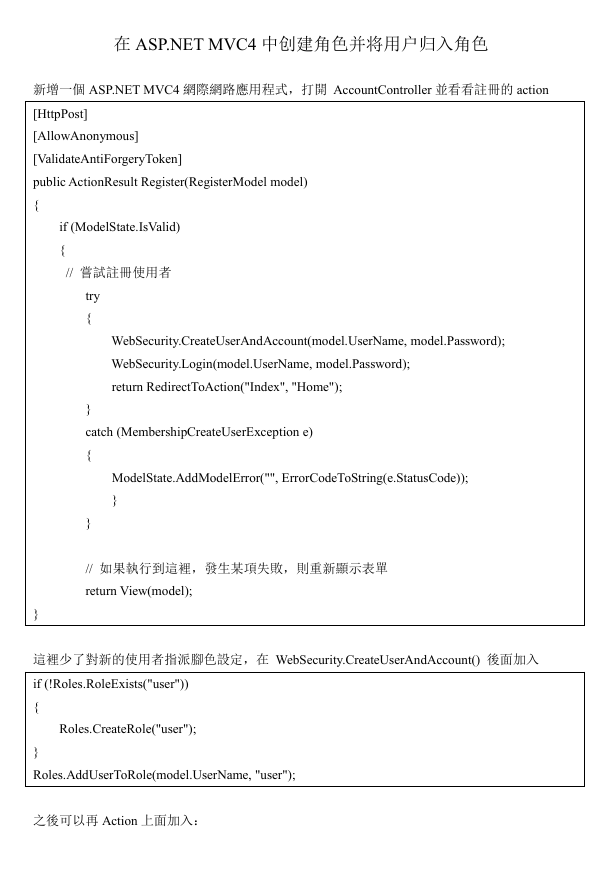

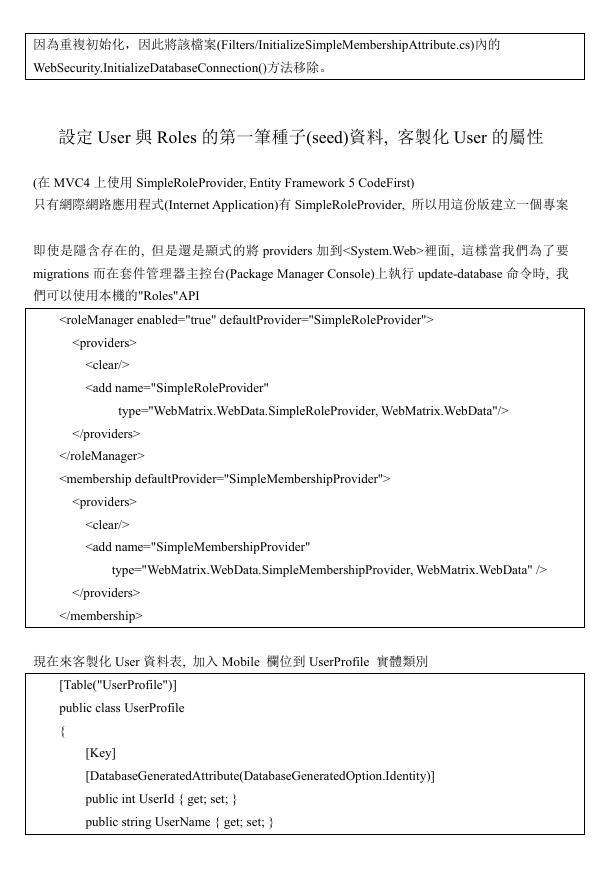

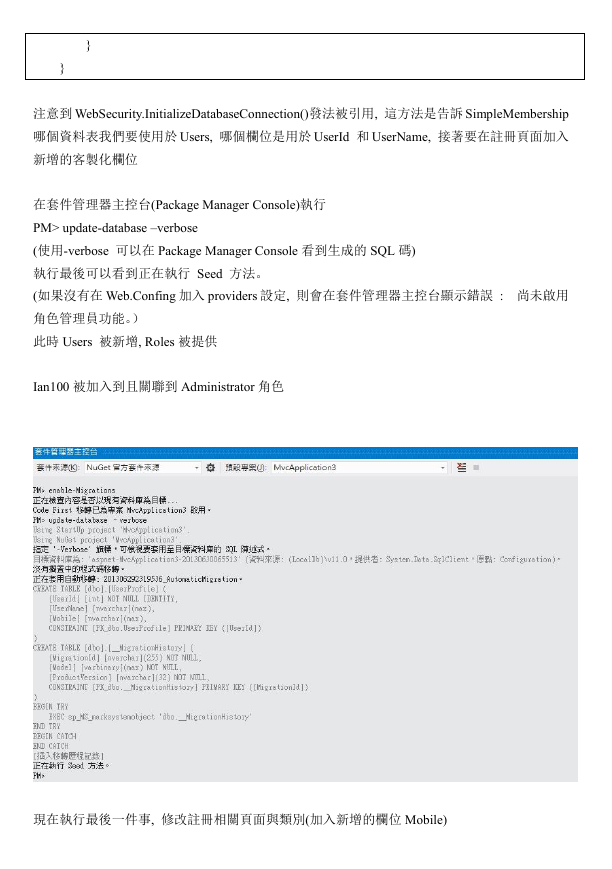
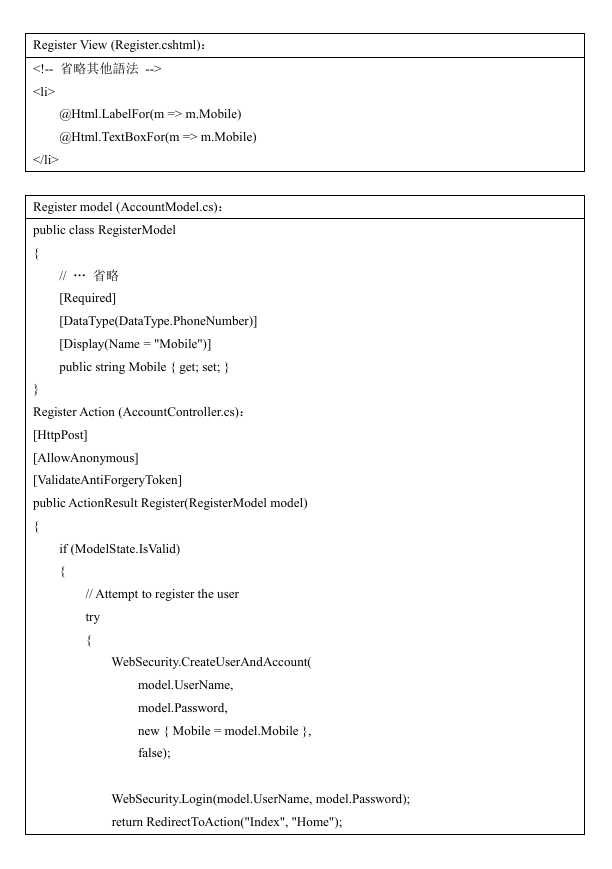
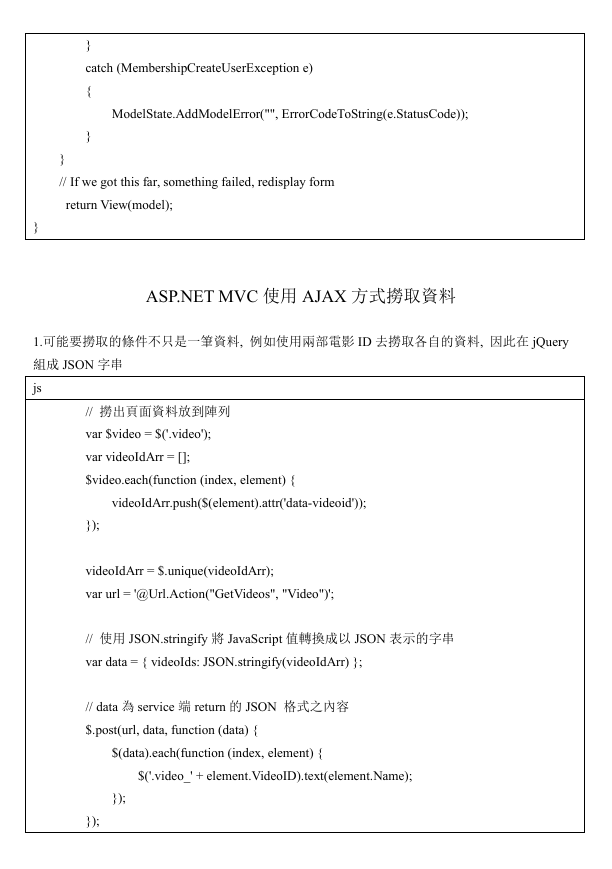









 2023年江西萍乡中考道德与法治真题及答案.doc
2023年江西萍乡中考道德与法治真题及答案.doc 2012年重庆南川中考生物真题及答案.doc
2012年重庆南川中考生物真题及答案.doc 2013年江西师范大学地理学综合及文艺理论基础考研真题.doc
2013年江西师范大学地理学综合及文艺理论基础考研真题.doc 2020年四川甘孜小升初语文真题及答案I卷.doc
2020年四川甘孜小升初语文真题及答案I卷.doc 2020年注册岩土工程师专业基础考试真题及答案.doc
2020年注册岩土工程师专业基础考试真题及答案.doc 2023-2024学年福建省厦门市九年级上学期数学月考试题及答案.doc
2023-2024学年福建省厦门市九年级上学期数学月考试题及答案.doc 2021-2022学年辽宁省沈阳市大东区九年级上学期语文期末试题及答案.doc
2021-2022学年辽宁省沈阳市大东区九年级上学期语文期末试题及答案.doc 2022-2023学年北京东城区初三第一学期物理期末试卷及答案.doc
2022-2023学年北京东城区初三第一学期物理期末试卷及答案.doc 2018上半年江西教师资格初中地理学科知识与教学能力真题及答案.doc
2018上半年江西教师资格初中地理学科知识与教学能力真题及答案.doc 2012年河北国家公务员申论考试真题及答案-省级.doc
2012年河北国家公务员申论考试真题及答案-省级.doc 2020-2021学年江苏省扬州市江都区邵樊片九年级上学期数学第一次质量检测试题及答案.doc
2020-2021学年江苏省扬州市江都区邵樊片九年级上学期数学第一次质量检测试题及答案.doc 2022下半年黑龙江教师资格证中学综合素质真题及答案.doc
2022下半年黑龙江教师资格证中学综合素质真题及答案.doc